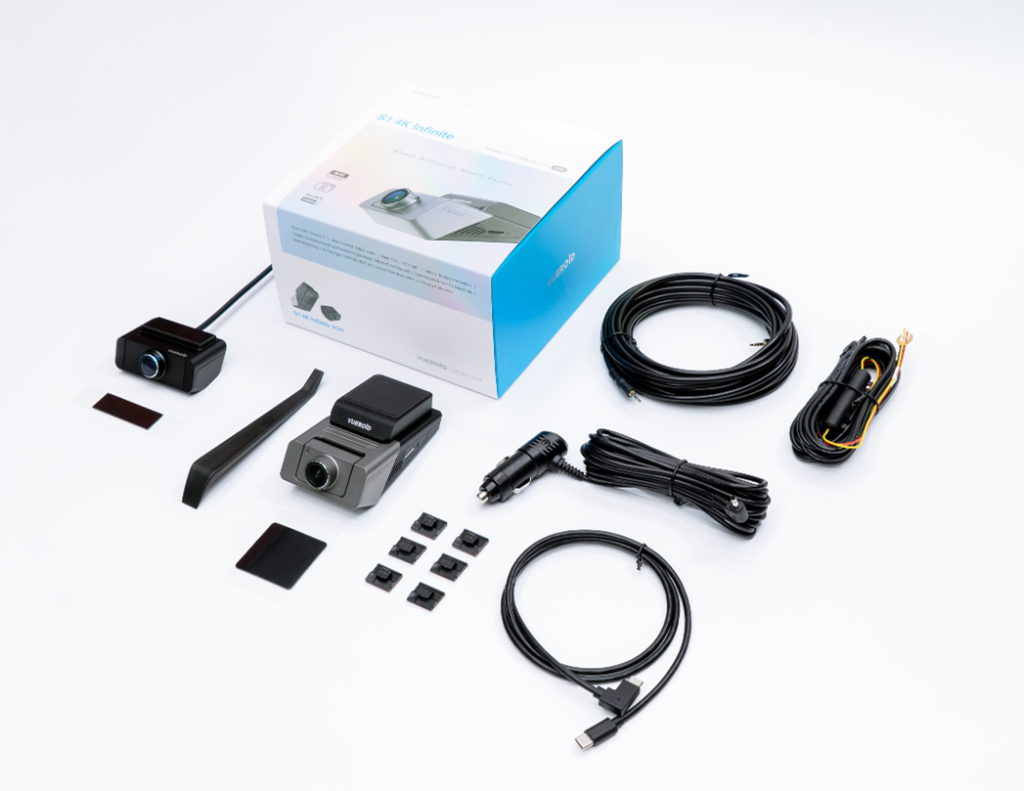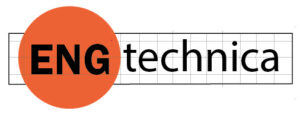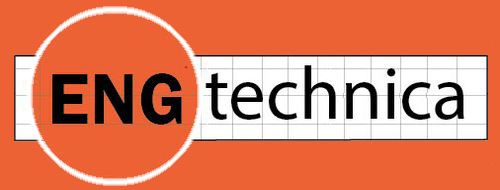
You may not think you don’t need a dashcam. Until the moment you need one desperately. Until a car cuts you off, slams on the brakes and you slam into it. Good luck convincing your insurance company, or anyone else for that matter, that it was not your fault.
Luck was definitely on the side of Ashpia Natasha, a Queens resident, who was driving alone on a New York’s Belt Parkway on October 16, 2024 at approximately 11:11 am. Luckily, her car was equipped with an after-market dashcam. When a grey Honda swerved into her lane ahead of her and suddenly slammed on its brakes, the dashcam was recording. But just as Natasha was thanking her lucky stars that she was able to brake in time to avoid running into the Honda, it got worse. The driver of the Honda puts the car in reverse and rams into the front of Natasha’s vehicle. The four occupants stream out of the Honda, doing their best to appear hurt while also recording the damage to the vehicles.
The plot thickens. Off camera, Natasha talks to a man who has come out of the front passenger door because “the driver did not speak English.” However, WABC news, analyzed the video to show the rear seat passengers attempting to hide the driver exchanging seats with the passenger, then emerging from the passenger side to claim injury.
The National Insurance Crime Bureau cited in WABC report says criminals prey on women driving alone.
Natasha uploaded her dashcam recording to TikTok where it went viral. By the time of this writing, it has been viewed 79 million times. The story has been covered by People magazine and picked up by local news stations. TikTokkers took it upon themselves to locate the Honda and reported it to the police.
The story is almost over. The driver of the Honda was picked up by police and was charged with staging a motor vehicle accident, criminal mischief, reckless endangerment, conspiracy and insurance fraud. He pleaded not guilty and returned on January 7 this year. If convicted, he faces up to seven years in prison.
Natasha may well be the poster child of the dashcam industry, no doubt giving nascent US dashcam sales a boost. But insurance fraud is real, because rear-ended, even if you do it yourself, is almost a surefire payoff.

Why Don’t I Have Dashcams Already?
Teslas have outward-facing cameras that could function as dashcams, but among passenger vehicles, they are an exception. Also, Tesla is more intent on keeping the video for their purposes and disinclined to share it with drivers, making their cameras essentially useless in protection against insurance fraud. It seems as if consumers will have to resort to after-market dashcams that store video continuously on a SD card, which you can play back when needed.
While most cars in the U.S. don’ t have aftermarket dashcams, most vehicles in Russia and Korea do. Why the difference, we ask at the Vueroid booth?
It’s all about insurance, we are told. In the US, most drivers are protected against uninsured drivers. If the driver at fault has no insurance, the victim is reimbursed by their own insurance. In the U.S., insurance companies are less likely to squabble over who’s at fault. In other countries, it’s a different situation. And a dashcam may be the only way to clearly establish wrongdoing.
Vuroid, one of the major dashcam manufacturers in South Korea, where dashcams are installed in 80% of all vehicles. Yet, most Koreans would know Vueroid by name since the company has let other companies put their label on the dashcams. At CES 2025, we see the S1 infinity, the first Vueroid-branded dashcam to be sold.
Want one? You’ll have to wait. It is expected to be on sale in U.S. later this year.

Vueroid has used this time to possibly come up with the best dashcam ever. The S1 infinity has 4K resolution and a 150-degree field of view. Using AI and ISP (image signal processing) tuning technology to enhance the clarity and visibility of letters and numbers, the Vueroid Hub app is able to make out license plates, which with normal dashcams can be too grainy and unreadable.
The S1 is available in 1, 2 or 3 camera configurations, depending on whether you want to add rear and interior cameras.
The S1 has a parking mode with which it uses motion detection to record moving objects around the vehicle. It is equipped with temperature sensors that turn on cooling if it’s too hot and can also sense when the car battery is low and turn itself off so it doesn’t drain the battery.

